In 1896 Jordan and Evermann described a spotted swordtail form from the Rio Chisoy in honour of Günther from the British Museum as a separate species, Xiphophorus guntheri (sic!); they knew that there occur also unspotted green swordtails of the species X. hellerii. Over 60 years later, in his revision of the genus Xiphophorus, Rosen declared Günther’s swordtails as a valid form, which he classified as a subspecies of Xiphophorus hellerii. It is important to note that Rosen did not recognize X. h. guntheri on the basis of the black spots, because Rosen excluded the common occurrence of two swordtail species in the same biotope, which were only distinguished by colouring details. So the X. h. guntheri in Rosen’s sense could be spotted as well as unspotted. Rosen included numerous spotted and unspotted populations from Guatemala, Belize, Honduras and Mexico in X. h. guntheri, which represents the southernmost form of the races around X. hellerii, as Rosen understood the species.
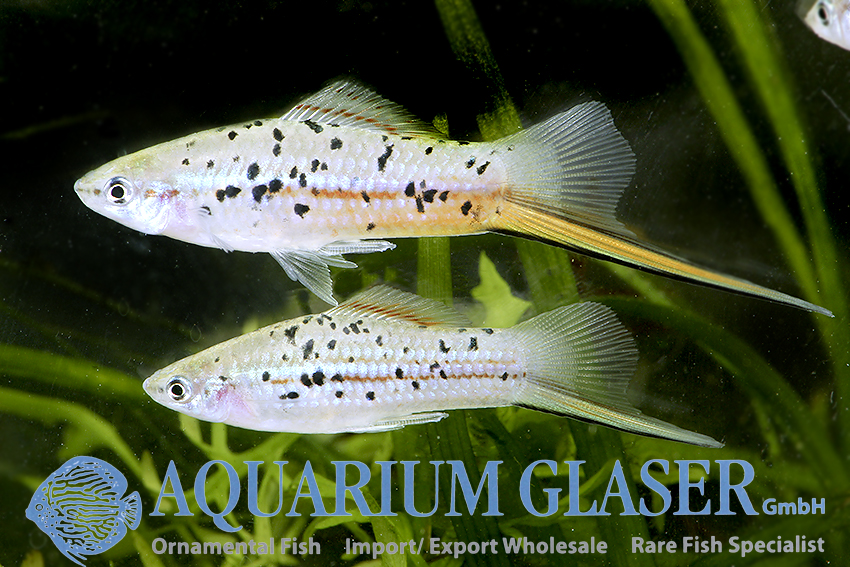
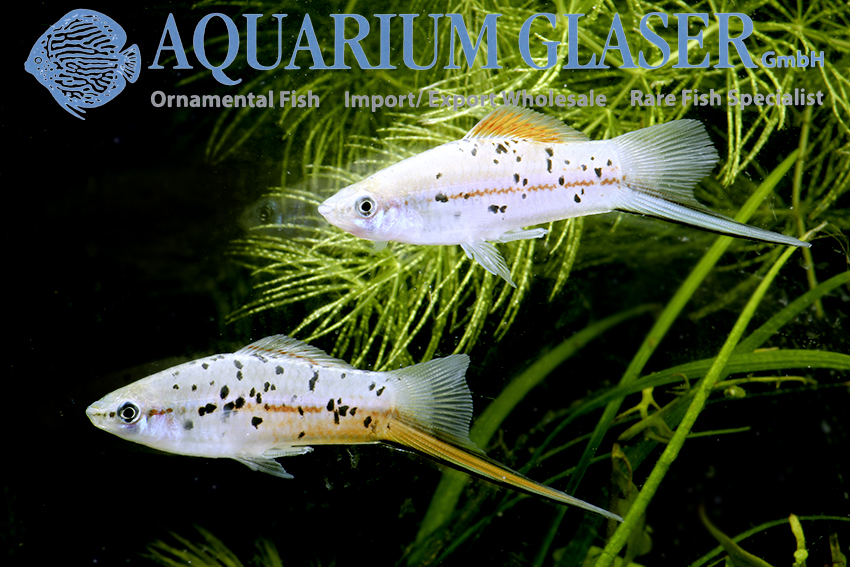
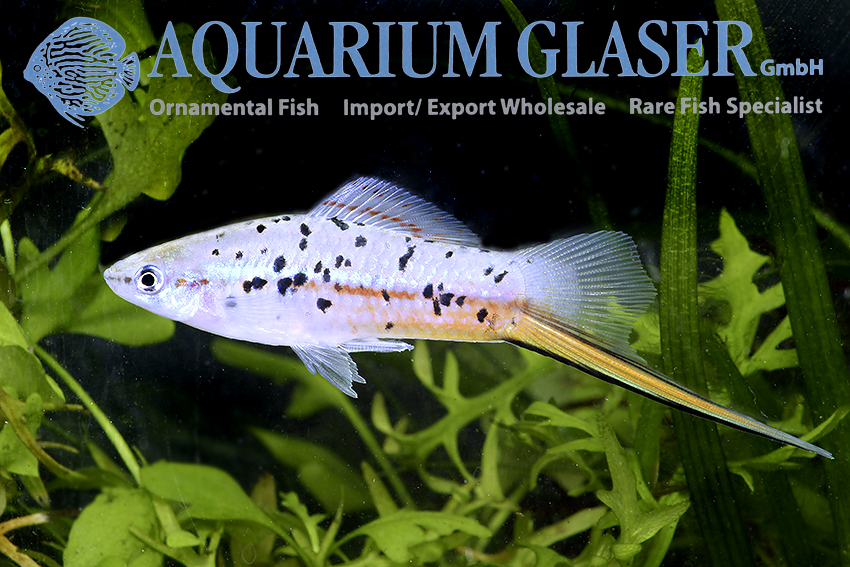
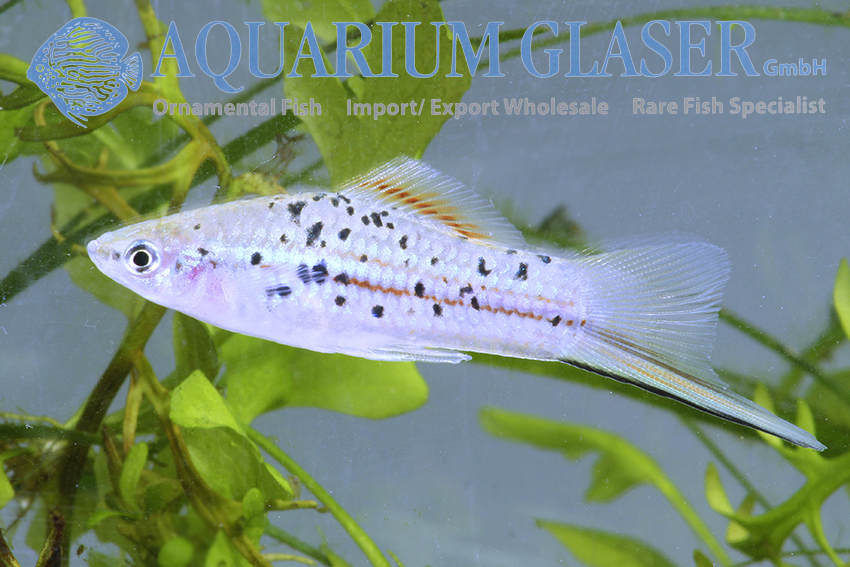
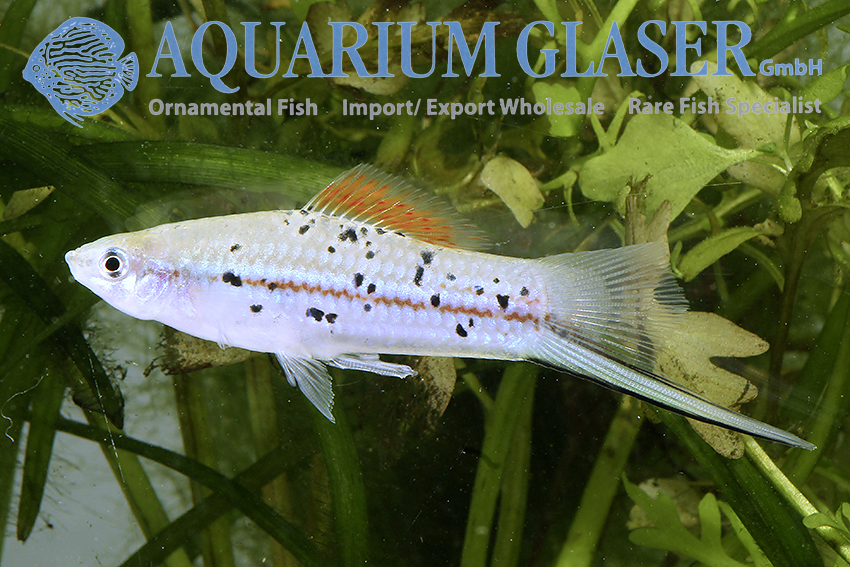
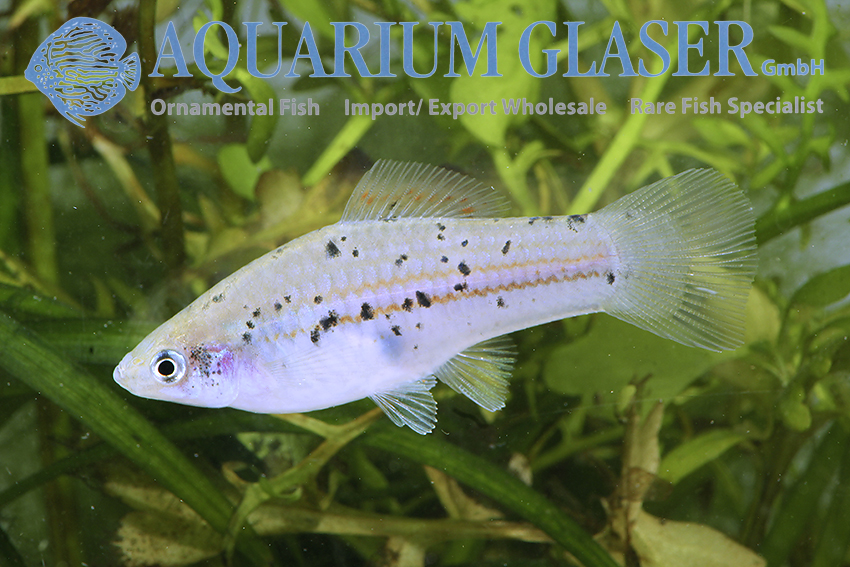
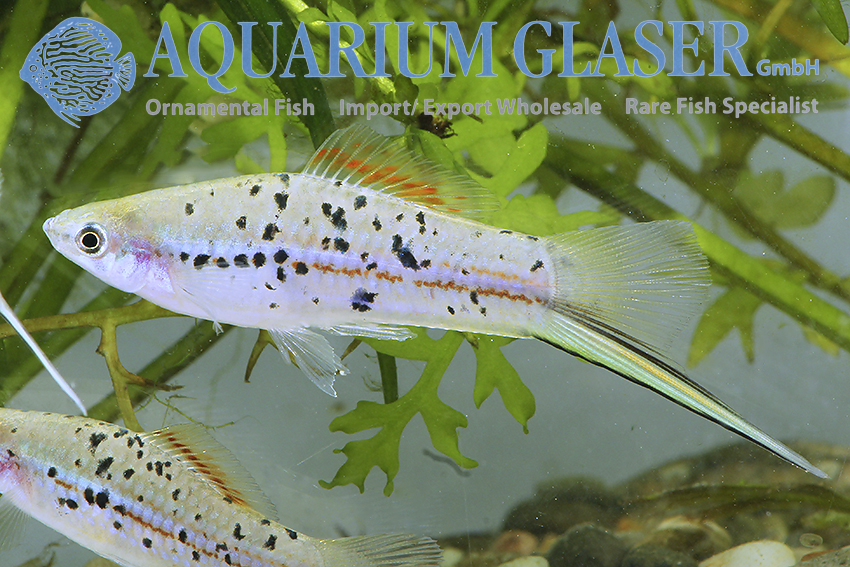
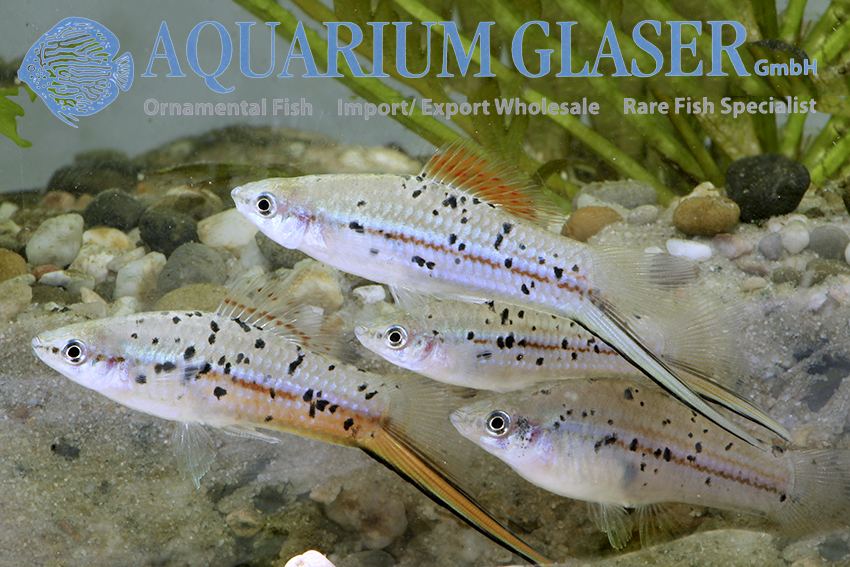
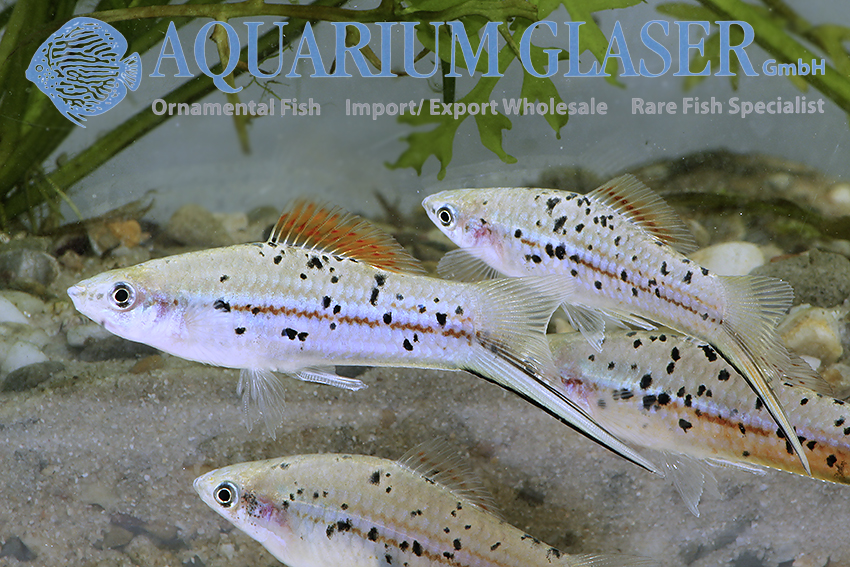
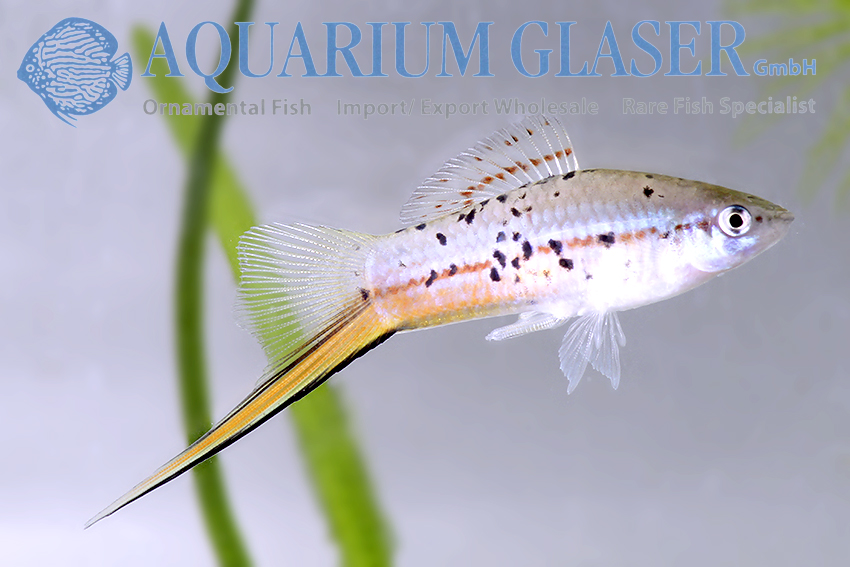
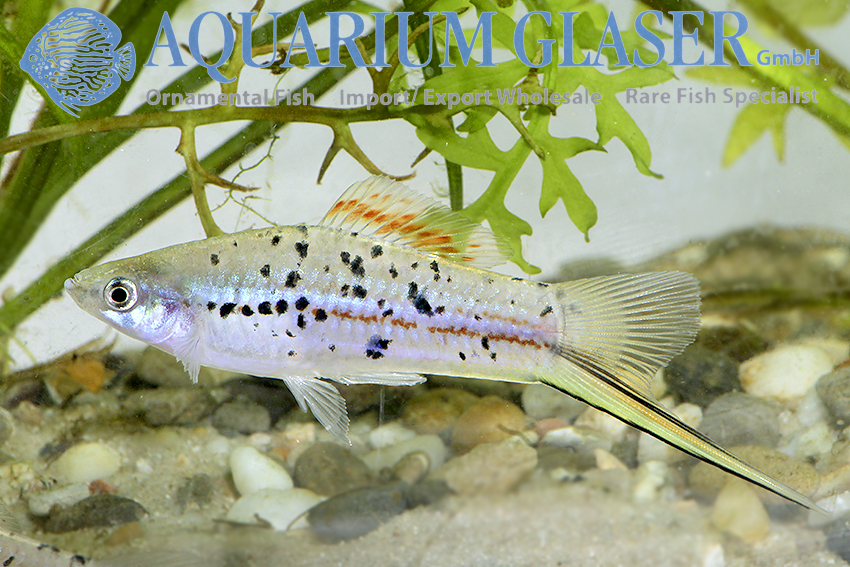
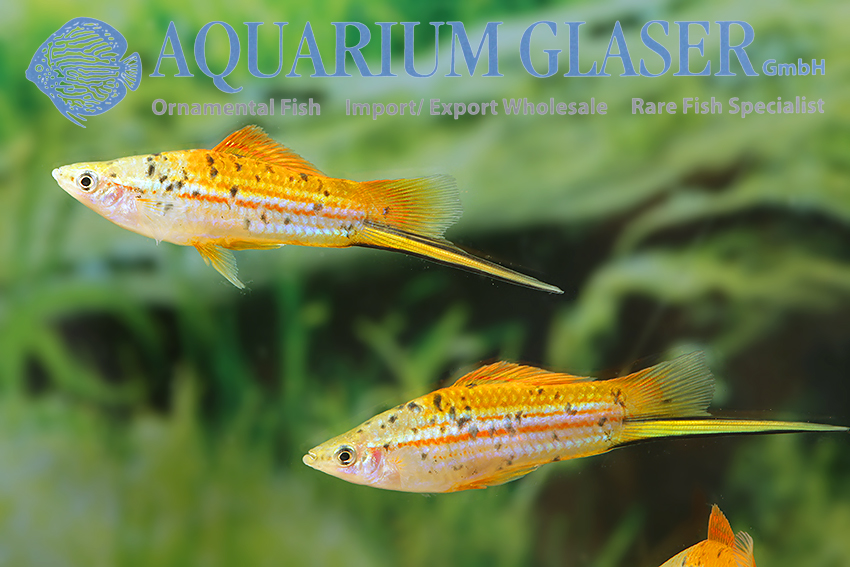
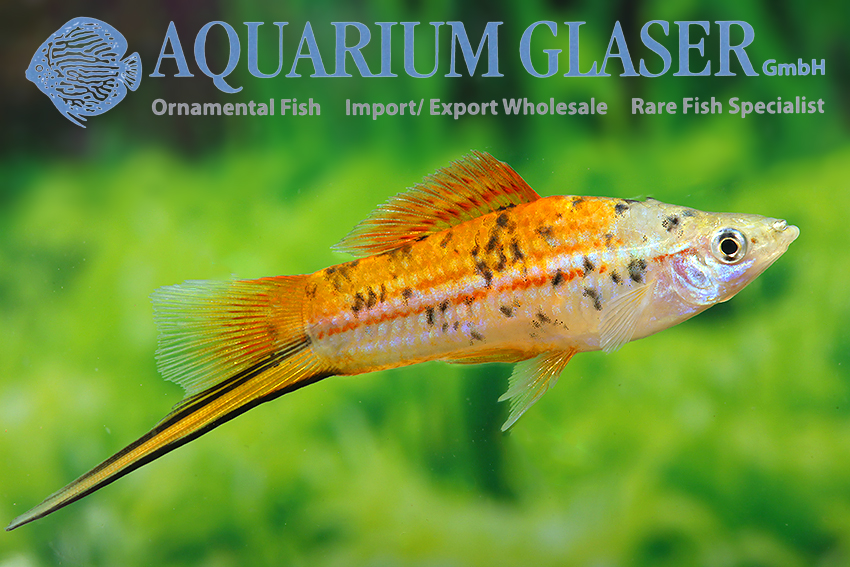
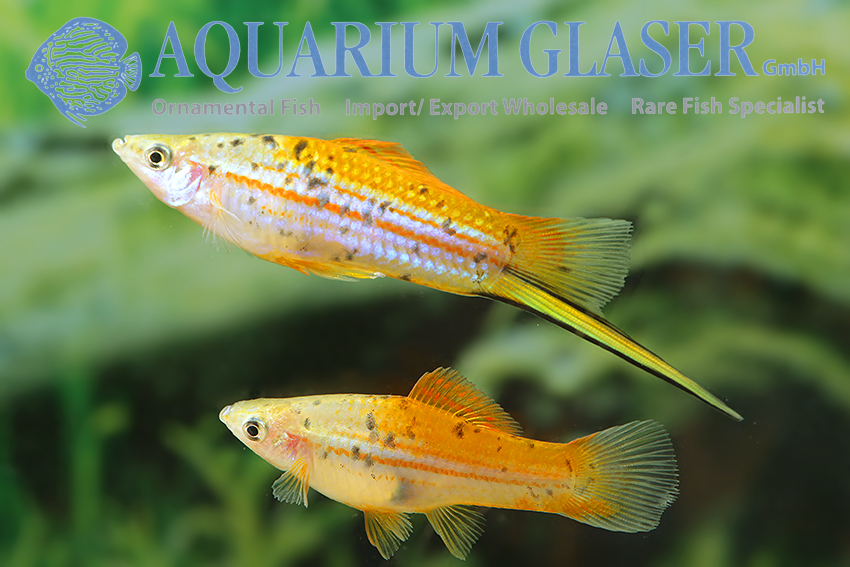
At present, no subspecies are recognized in the Green Swordtail, although several local forms look quite different. In seemingly eternal fidelity the aquarists hang on the name “guentheri (sic!)” for the spotted ones among them. The variant from the Rio Atoyac (Veracruz, Mexico) is such a guentheri. In 1985 Wischnath and Meyer reported about this swordtail population. They especially noticed it during a collecting tour in November 1980, because there were red-colored wild males. They were found together with “normal” green swordtails, of both colours, red and green, there were also black-spotted individuals.
Whether the Güntheri, which are bred today as “Rio Atoyac”, still go back to the collection at that time, we do not know. In any case, they are very beautiful animals, which all show a strong spotting thanks to breeding selection. Very attractive is the different coloration of the males, if the fish are kept in sufficiently large aquaria, which allow to keep several males together with a group of female animals. This is when alpha males with orange-red lower half of the tail develop, while subordinate males have intensely orange-red to transparent dorsal fins in varying degrees.
Because this form is so popular, we have them from different breeders in stock. Recently we received animals with orange-red backs; according to the breeder this is a selection breeding, i.e. the animals were bred out of naturally occurring color variants by selection and not by crossbreeding of breeding forms.
For our customers: the animals have code 476774 on our stocklist. Please note that we only supply the wholesale trade.
Text & photos: Frank Schäfer




